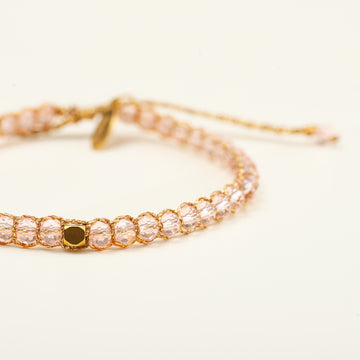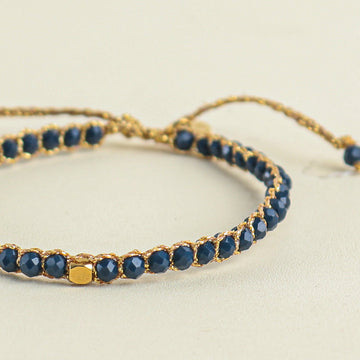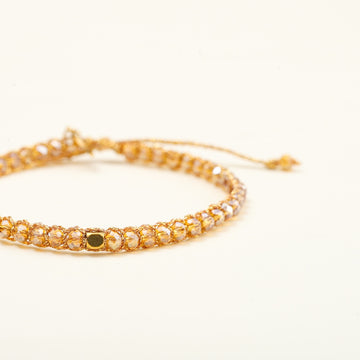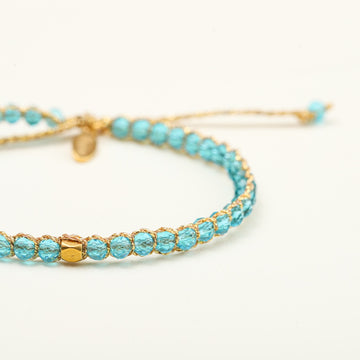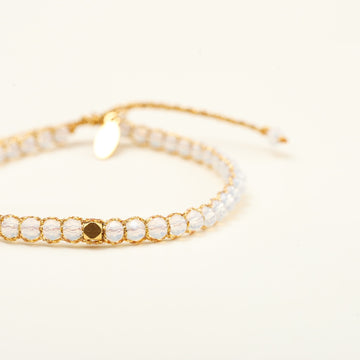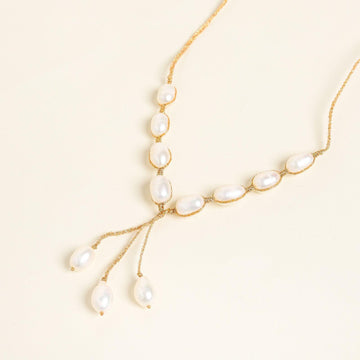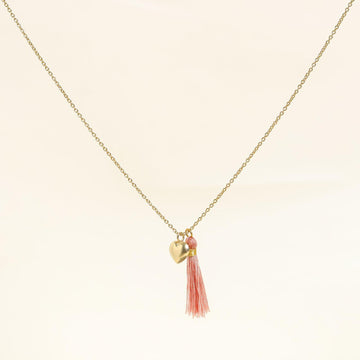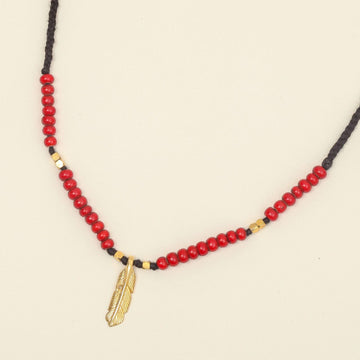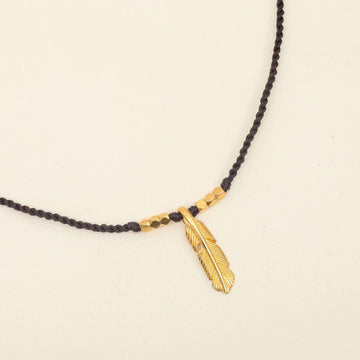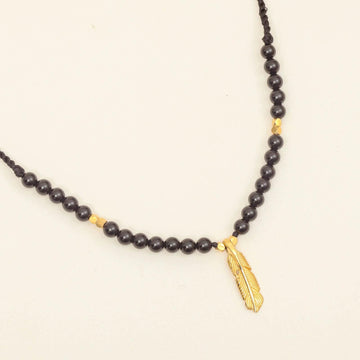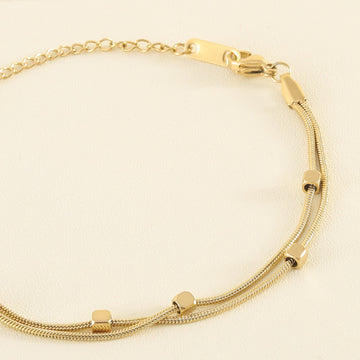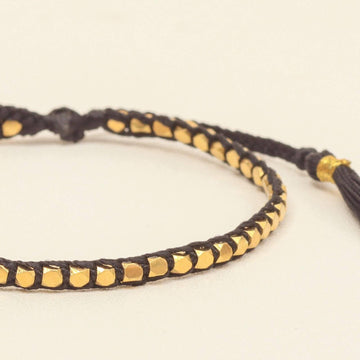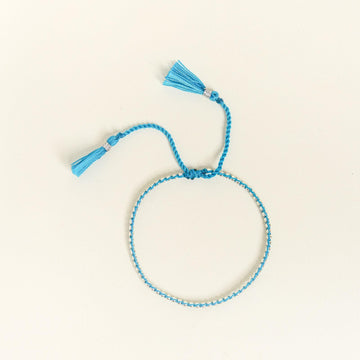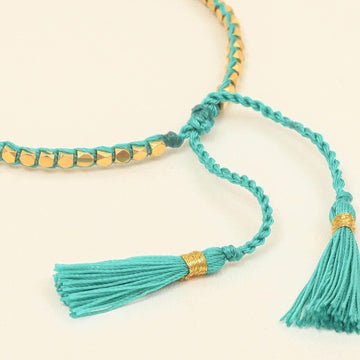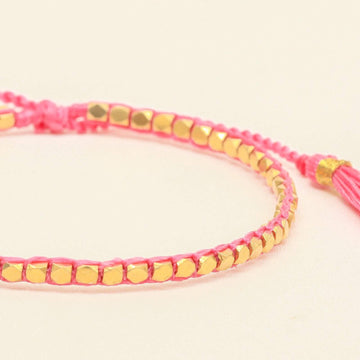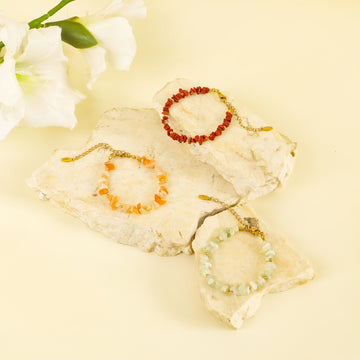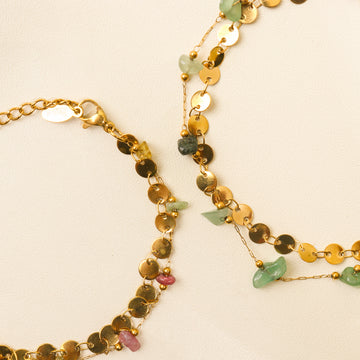The Climate Factor – How Humidity and Heat in Tropical Places Affect Your Jewelry
by Praijing Jewelry on Oct 01, 2025
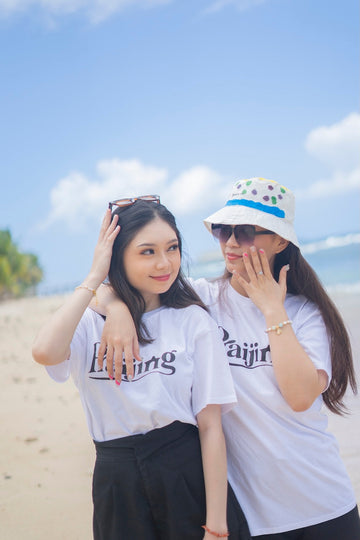
The Climate Factor – How Humidity and Heat in Tropical Places Affect Your Jewelry
Introduction – Jewelry Meets the Tropics
There’s something magical about tropical places. The warmth of the sun, the salty breeze, the lush humidity. But while these elements make Bali and other island destinations unforgettable, they also create a hidden challenge for jewelry.
For gemstone bracelets especially, climate plays a bigger role than most people realize. Heat, humidity, and tropical air quietly influence how long your bracelet lasts, how it looks, and how it feels.
1. Humidity – Moisture That Never Leaves
Tropical air is heavy with moisture. Even when it doesn’t rain, humidity seeps into everything — including your bracelets.
-
Elastic tension weakens: moisture makes threads and elastics expand and contract, slowly wearing them out.
-
Stone surfaces dull: porous stones like turquoise or moonstone can absorb tiny amounts of moisture, reducing their shine.
-
Metal tarnish accelerates: silver and gold-plated accents darken faster in humid climates.
💡 Everyday case: a bracelet stored on an open shelf in Bali may tarnish twice as fast as one kept in a dry climate.
2. Heat – The Silent Stressor
Heat itself doesn’t break gemstones, but it impacts everything around them.
-
Elastic brittleness: constant warmth dries out threads, making them snap more easily.
-
Color fading: stones like amethyst and rose quartz lose vibrancy with prolonged sun exposure.
-
Skin-sweat reaction: heat makes us sweat more, and combined with salt, it speeds up wear.
💡 Everyday case: a rose quartz bracelet left in direct sun on a beach towel looks softer in color within months.
3. Salt and Air – The Tropical Cocktail
The ocean is paradise, but its salty air lingers even when you’re not swimming. Salt particles in the air settle on jewelry and interact with metals and elastic.
-
Metals corrode faster in coastal air.
-
Residue builds on stones, creating a thin layer that makes them appear cloudy.
-
Sweat plus salt air forms a natural abrasive, wearing bracelets down quietly.
💡 Everyday case: bracelets worn daily in Canggu or Seminyak may show faster string discoloration compared to those in cooler, inland cities.
4. The Life Cycle of a Bracelet in the Tropics
In tropical climates, gemstone bracelets live more intensely. They’re worn during beach walks, yoga sessions, and sunset dinners — all of which expose them to sweat, salt, and heat.
Over time, this creates a visible cycle:
-
Shine to soft glow – gemstones lose their fresh sparkle.
-
Elastic stretch – the bracelet fits looser than when first worn.
-
Color shift – lighter stones may fade, darker ones may dull.
This isn’t failure — it’s the natural story of jewelry living in a vibrant, tropical environment.
5. How to Protect Jewelry in Humid, Hot Places
The good news: with small mindful habits, you can extend the life of your bracelet.
-
Store smartly: keep bracelets in fabric pouches or jewelry boxes with silica gel.
-
Avoid prolonged sun: take them off when sunbathing or leaving them by a window.
-
Rinse gently: after heavy sweating or beach exposure, rinse with clean water and pat dry.
-
Rotate wear: give delicate bracelets rest days to reduce constant exposure.
Closing – Jewelry That Lives with You
Tropical places like Bali are vibrant, alive, and full of energy. So is your jewelry. Heat, humidity, and salt don’t mean you shouldn’t wear bracelets — they just mean you wear them with awareness.
Every mark, every shift in color, every softened shine tells a story: of days under the sun, nights by the ocean, and a life fully lived. With a little care, your bracelet won’t just survive the tropics — it will carry its beauty and story for years.
💎 Discover gemstone bracelets from Praijing Jewelry, handcrafted in Bali — designed to thrive in tropical climates, combining beauty, meaning, and durability.
